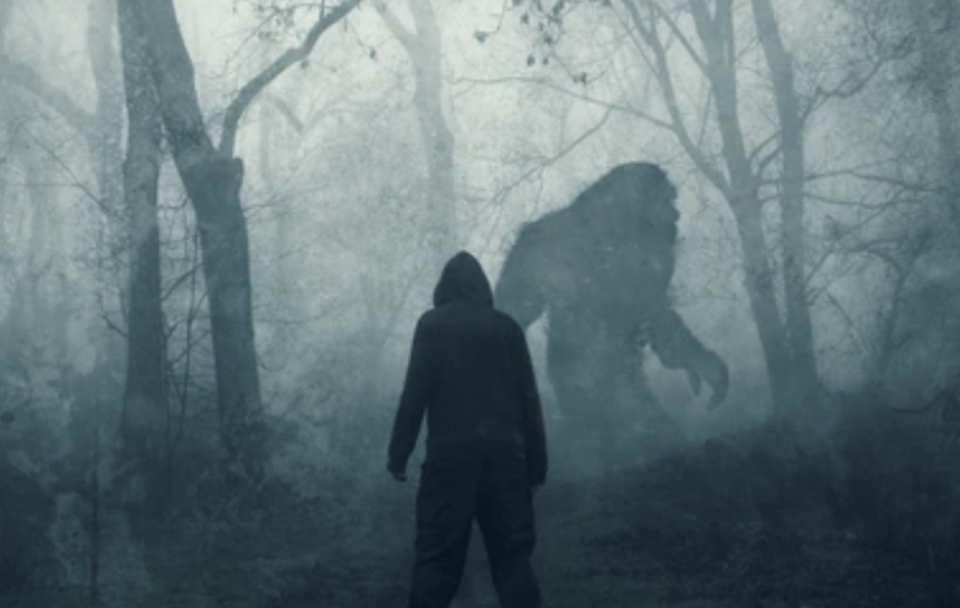Bigfoot, also known as Sasquatch, has become a legendary figure in North America. While the scientific community largely dismisses the existence of a large, unknown ape-like creature roaming the forests, there have been thousands of reported eyewitness accounts over the past few decades. Although there is no hard evidence to support the existence of Bigfoot, some famous sightings have intrigued believers and skeptics alike.
One notable sighting occurred in 1955 when William Roe claimed to have seen a “partly human and partly animal” creature while hiking on Mica Mountain in British Columbia. Roe described the creature as approximately 6 feet tall, covered in brown silver-tipped hair, and with distinct features like broad feet and long arms. Despite initial doubts, Roe eventually concluded that what he witnessed couldn’t be faked.
Another well-known encounter took place in 1924 when Albert Ostman, a prospector, claimed to have spent a week with a Bigfoot family near Toba Inlet, British Columbia. Ostman alleged that he was taken captive by the creatures but managed to escape when one of them fell ill after consuming his chewing tobacco. Skeptics have questioned the authenticity of Ostman’s account since it was only written down several decades later.
Perhaps the most famous Bigfoot sighting is the Patterson-Gimlin film from 1967. The film captured what appears to be a female Bigfoot, nicknamed “Patty,” walking through a clearing in Northern California. This minute-long footage has been extensively debated, with believers considering it the most compelling evidence for Bigfoot’s existence, while skeptics argue that it shows a person in a costume.
Other notable incidents include the Ape Canyon encounter in 1924, where a group of gold prospectors claimed to have battled “gorilla men” in a gorge on Mount St. Helens. The Provo Canyon video from 2012 also gained attention, showing a large, black animal that stood up on two legs when approached. Additionally, there have been reports of skunk apes, which are considered swamp-dwelling versions of Bigfoot, in the southeastern United States.
While Bigfoot sightings and footprints have captured public interest, the scientific community remains skeptical due to the lack of concrete evidence. Many experts argue that eyewitness accounts are not always reliable, and most sightings can be attributed to misidentification, hoaxes, or other natural phenomena. Until conclusive evidence is presented, the existence of Bigfoot will continue to be a topic of speculation and fascination for believers and skeptics alike.

